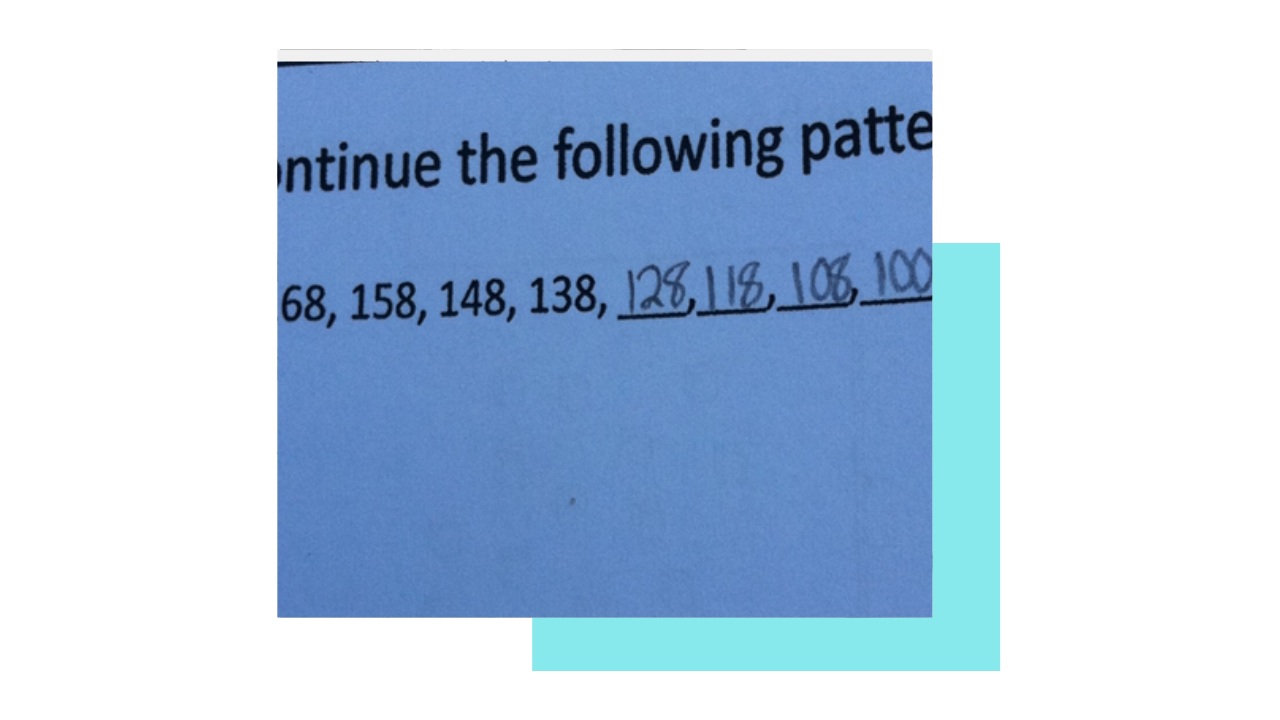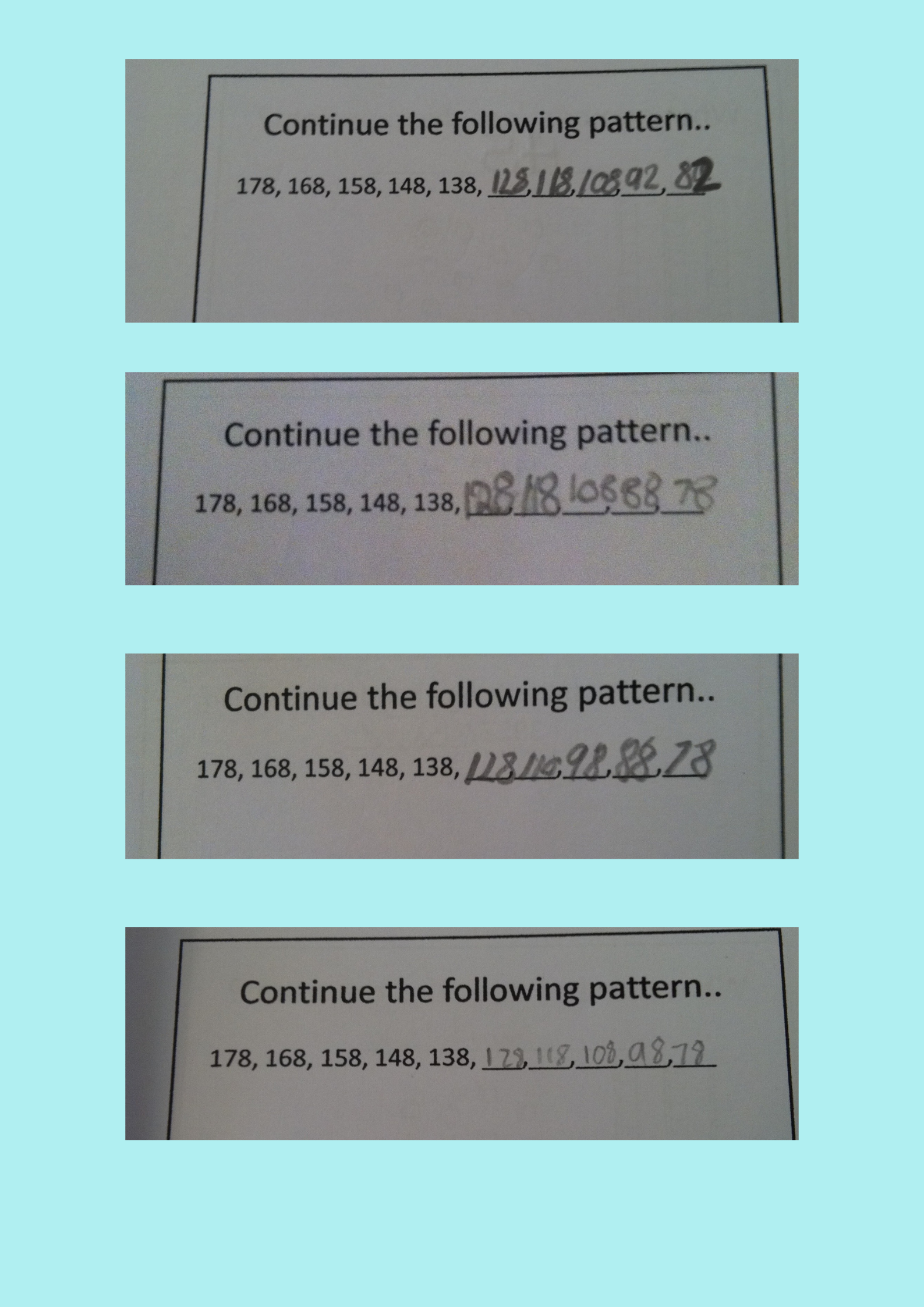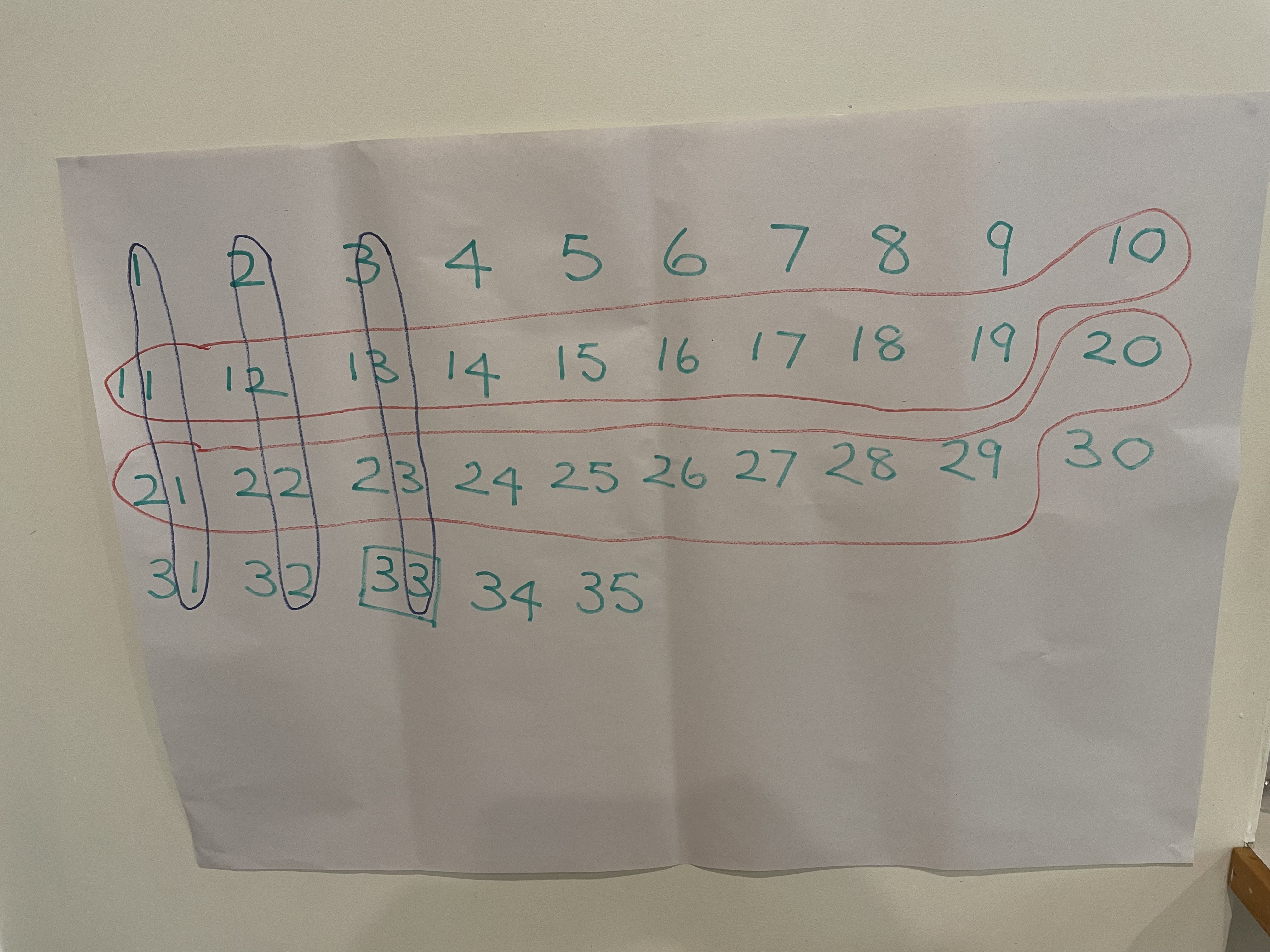Place Value Thinking Mistake: Count
Jun 08, 2022
When I work with students, I love to celebrate mistakes and promote a growth mindset (Dweck, 2016). I encourage all students to see that through mistakes comes learning. I like to label misconceptions as ‘thinking mistakes’. ‘Thinking mistakes’ are in direct contrast to ‘silly mistakes’- ones which I want my students to consciously avoid- these are made when our brain is not ‘switched on’. In stark contrast, ‘thinking mistakes’ are made when our brain is working hard, struggling to make thoughtful and logical conclusions. It is during these times that real brain growth occurs.
This series of blog posts presents six common ‘thinking mistakes’ which have repeatedly surfaced in my research into Year 3-6 students whole number place value understanding. Along with each thinking mistake I also present a piece of teaching advice to help you address these issues.
In this blog I am looking at the ‘count’ aspect of place value. I define Count as: Counting forwards and backwards in place value parts (e.g., 45, 55, 65 is counting using the unit ten). Bridging forwards and backwards over place value segments such as decuples and centuples (e.g., 995 and one more ten requires bridging forwards over hundreds to thousands). Applying language such before, after, between, more, less.
Thinking Mistake
I am sure you have noticed there are common points of difficulty when students count. For young children it sounds something like this 57,58,59…….(long pause). For older children 1998,1999….(long pause). Bridging over place value parts is challenging! It is where students must move from the relative safety of rote counting, to being required to think and apply their knowledge of place value. Moving forwards or backwards over a place value part, whether it be tens, hundreds, or thousands is a challenge. The student responses below to one of my PVAT 'count' items, illustrate this difficulty (BTW if you haven't yet downloaded a copy of my PVAT, click here to find it):

Teaching Tip: Pattern is critical in counting. Whenever you count, provide students the chance to observe the pattern they are creating. In the above example, you could ask questions like: what do you notice is happening in the tens column? ones column? I also like to link renaming with counting to scaffold the count and help them see the patterns. For example, 17 tens 8 ones, 16 tens 8 ones, 15 tens 8 ones, 14 tens 8 ones, 13 tens 8 ones, what comes next? Don’t assume students notice patterns- often they are just rote counting-make them think!
One of my favourite activities in the classroom is ‘choral counting’. If you have not heard of ‘choral counting’ before it is an excellent routine that assists students to unpack and make sense of counting patterns. It is a routine that can be used from F-6. This image shows a ‘choral count’ session I completed with a group of Foundation students.

In this session the students noticed that the when you look down the columns the numbers ended in the same digit. They also noticed that horizontally the numbers started with the same number. These are powerful observations for Foundation students to be making!
If you want to find out more about the ‘Choral Counting’ routine- this book is a great place to start.
I have just recorded a training for my Numeracy Teachers Academy members, showing them how to use this routine in their class, and many of them have gone back to try it in their class- it is a winner, particularly for helping address the difficulties around bridging!
Speaking of the Numeracy Teachers Academy, if you are interested in joining... I am taking 40 new enrolments between now and the 16th of June, 2022. Click here to find out more!

